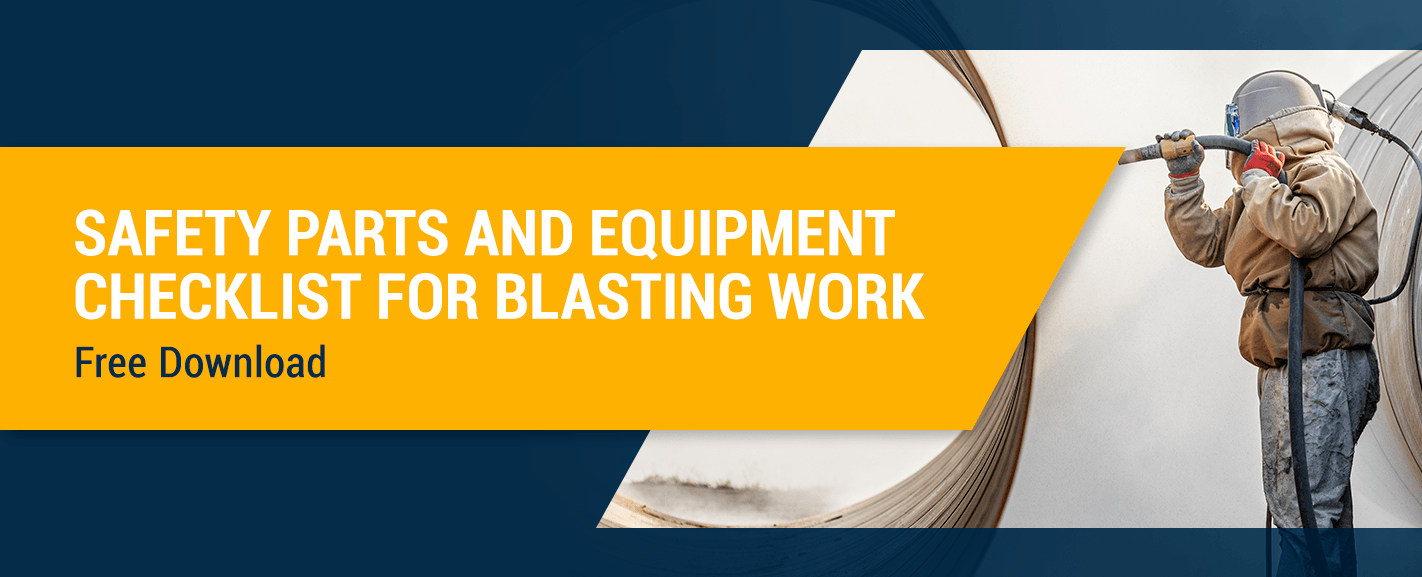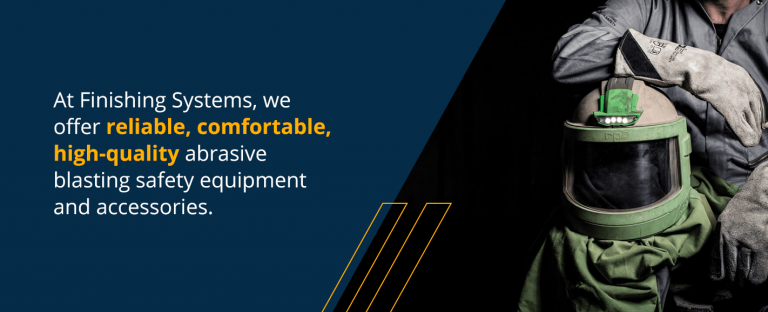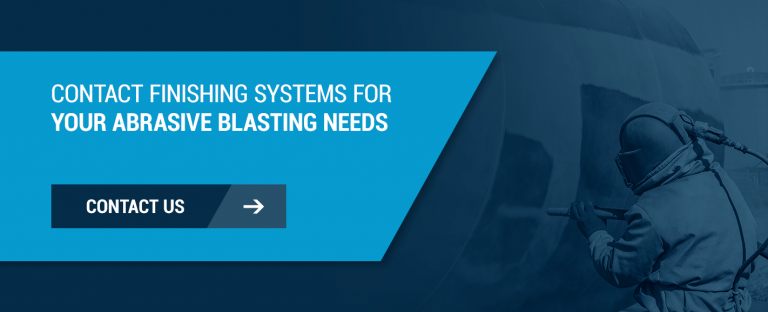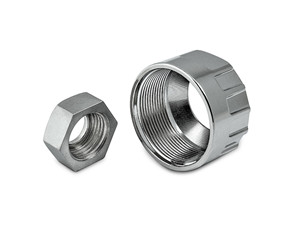
Abrasive Blasting Checklist
Updated: March 20, 2023Abrasive blasting is a common technique used across many industries, from shipbuilding to automotive manufacturing. It allows for efficient surface preparation before painting or applying sealants. However, due to the high-pressure nature of this process, it’s essential to prioritize safety at every step.
Workers must wear proper protective gear to avoid injuries from flying particles and harmful dust. Employers should ensure that all equipment is in good working condition and that employees are trained to handle it safely. Using the right safety equipment not only protects workers but also improves productivity and reduces downtime caused by accidents.
Regular maintenance and inspection of blasting tools are critical to prevent malfunctions. In addition, understanding the risks associated with abrasive blasting helps teams implement effective safety measures. This guide outlines key hazards, recommended safety gear, and steps to prepare for any blasting project safely.
Contact Us
What Is Abrasive Blasting?
Abrasive blasting, often referred to as sandblasting, involves using compressed air or water to propel abrasive materials at high speed onto a surface. The goal is usually to clean, remove rust, or prepare surfaces for coating. This method is much faster than manual sanding and is widely used in industrial settings.
Common Materials Used in Abrasive Blasting
The choice of abrasive material depends on the job requirements. Here are some commonly used options:
- Glass Beads: Eco-friendly and silica-free, ideal for gentle cleaning without damaging the substrate.
- Crushed Glass: Sharp-edged and aggressive, suitable for heavy coatings.
- Aluminum Oxide: Versatile and durable, great for rust removal and etching.
- Plastic: Lightweight and less aggressive, perfect for softer surfaces.
- Silicon Carbide: Extremely hard and fast-cutting, reusable for cost efficiency.
- Steel Shot/Grit: Strong and durable, used for heavy-duty applications like removing corrosion.
- Starblastâ„¢: Uniform blasting pattern with low silica content, easy to reuse.
- Black Beauty®: Chemically inert and safe, ideal for removing coatings from various substrates.
- Ground Walnut Shells/Corn Cobs: Biodegradable and gentle, used for delicate surfaces.
Potential Hazards of Abrasive Blasting
Abrasive blasting can expose workers to several dangers, including airborne toxins, loud noise, high-speed particles, and electrical hazards. Prolonged exposure to vibrations may lead to health issues, while slippery surfaces increase the risk of falls. Proper safety procedures and equipment are essential to minimize these risks.
Safety Equipment Checklist

To ensure a safe working environment, always use the following safety gear:
- Respirator: Protects against toxic dust and airborne particles.
- Climate Control Device: Helps manage heat exposure during long operations.
- Eye and Face Protection: Essential for preventing eye injuries from flying debris.
- Gloves: Durable gloves protect hands from abrasion and vibration.
- Blast Suit: Provides full-body protection from abrasive particles.
- Safety Shoes: Slip-resistant and puncture-proof footwear for added protection.
- Hearing Protection: Ear muffs or earplugs reduce noise exposure.
How to Begin Every Project Safely
Before starting any abrasive blasting task, follow a thorough pre-job safety check. Inspect your equipment, verify the condition of the work area, and ensure all personal protective equipment (PPE) is in good shape. This proactive approach helps prevent accidents and ensures smooth operations.
Equipment Inspection Checklist
Inspect the air compressor, blast vessel, hoses, nozzles, and other components for damage, leaks, or wear. Ensure all valves, fittings, and connections are secure and functioning properly.
Abrasive Material Check
Verify that the chosen abrasive is compatible with your equipment and free from contaminants. Always review the Material Safety Data Sheet (MSDS) for any hazardous substances.
Environment and Object Preparation
Secure the object being blasted, clear the area of tripping hazards, and ensure proper ventilation. Establish a safe zone away from electrical lines and flammable materials.
PPE Inspection
Check that all PPE, including respirators, goggles, gloves, and hearing protection, is undamaged and fits correctly. Workers should never enter a blasting area without full protection.
Personal Hygiene Practices
Maintaining good hygiene is crucial. Avoid eating, drinking, or smoking in blasting zones. Provide wash stations and encourage workers to change out of contaminated clothing before leaving the site.

Contact Finishing Systems for Your Abrasive Blasting Needs
Abrasive blasting is an effective way to prepare surfaces for painting or coating. By prioritizing safety, using the right equipment, and following best practices, you can maintain a productive and secure work environment. At Finishing Systems, we provide top-quality blasting supplies and expert support to help you succeed.
Whether you need abrasive media, blasting equipment, or safety gear, our team is here to assist. Contact us today to learn more about how we can support your blasting projects.
Download the Checklist
Zinc is one of the most versatile die cast metals. It provides higher precision with lower tooling costs when compared to other die cast metals like aluminum or magnesium. Zinc Die Casting also offers a broad range of excellent physical and mechanical properties, finishing characteristics, and is the easiest to cast. Die casting is a versatile, efficient and economical process for producing engineered metal parts.
Die casting offers a broader range of shapes and components than any other manufacturing technique. The die casting process requires a steel mold. These reusable steel molds, called dies, can be designed to produce complex shapes with a high degree of accuracy and repeatability. The dies are mounted into a machine that injects molten metal into the dies under high pressure. Once the molten metal has solidified, the die is opened and the casting is ejected from the mold. The die is then closed and the process starts over.

Zinc Die Casting,Casting Zinc Alloy,Die Casting Zinc,Die-Cast Zinc Alloy,Zinc Alloy Die Casting
NINGBO CITY YINZHOU RUICAN MACHINERY CO.,LTD , https://www.china-sandcasting.com